Central Processing Unit (CPU)
von Linda Kuhnen

1. Storage
2. Memory
3. INPUT
3.1. Mouse
3.2. Keyboard
4. An input device is any device that can be connected to a computer that is used to enter data into the computer.
5. The keyboard is laid out much like the keys on a typewriter. The computer keyboard has several additional keys which are used to control the computer or give software commands. Students can use the keyboard to type reports using word processing software programs to make polished presentations. Users with impaired cognitive function may find traditional input devices to have functional limitations. An example: while a blind person might learn to operate a traditional keyboard, a limitation exists because the keyboard still transmits data for storage in the computer in terms of the alphabetic letters used by sighted persons rather than the form of Braille a blind person would find more accessible in a subsequent printout of the data. Traditional input devices also have the limitation of functional inaccessibility to those with such physical impairments as limited hand or finger movement or paralysis.
6. I would add video cameras to my classroom so students could incorporate pictures into their projects. Cost would be a challenge and sharing the equipment equally could be problematic.
7. OUTPUT
7.1. Monitor
7.2. Printer
8. Output devices are the pieces of hardware that move information (data that have been processed) out of the computer.
9. Data output can be of two different types. When a monitor shows an open document, it is know as a "soft copy" because the image can be replaced by closing the window. When a printer prints a document, it is known as a "hard copy" because the printed information is permanent and cannot be replaced. Output devices are usually more expensive than input devices.
10. Speakers and headphones would help students with disabilities to hear better, eliminate outside interference noises, allow English language learners to listen in their native languages, and assist those with hearing impairments. Blind students could hear material as well as reading using Braille. Costs and sharing concerns would be challenges as with input devices.


